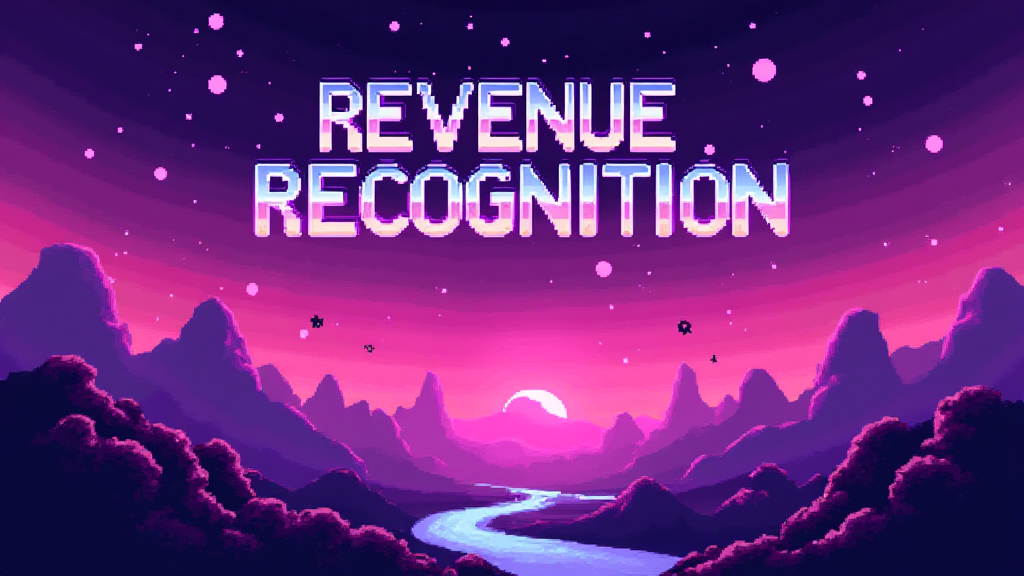Revenue Recognition: Principles and Practices

Published on: October 01, 2024
Revenue recognition is a fundamental accounting principle that determines when and how a company should record revenue in its financial statements. This crucial concept ensures that businesses accurately report their financial performance, providing stakeholders with a clear picture of their economic reality. 📊💼
Understanding Revenue Recognition
At its core, revenue recognition is based on the principle that revenue should be recorded when it is earned, not necessarily when cash is received. This accrual-based approach aligns revenue with the delivery of goods or services, reflecting the true economic activity of a business.
Key Principles of Revenue Recognition
- Earned: Revenue is considered earned when the company has fulfilled its obligation to the customer.
- Realizable: There should be a reasonable expectation that payment will be received.
- Measurable: The amount of revenue can be reliably quantified.
The Five-Step Model for Revenue Recognition
Under the current accounting standards (ASC 606 and IFRS 15), companies follow a five-step model for revenue recognition:
- Identify the contract with a customer
- Identify the performance obligations in the contract
- Determine the transaction price
- Allocate the transaction price to the performance obligations
- Recognize revenue when (or as) the entity satisfies a performance obligation
Importance in Sales and Revenue Operations
For sales and revenue operations professionals, understanding revenue recognition is crucial for:
- Accurate financial reporting 📈
- Compliance with accounting standards 📚
- Effective sales forecasting and planning 🔮
- Designing compensation plans that align with recognized revenue 💰
Common Challenges in Revenue Recognition
Revenue recognition can be complex, especially in industries with long-term contracts or multiple performance obligations. Some common challenges include:
- Determining the appropriate timing for revenue recognition
- Handling contract modifications
- Accounting for variable consideration (e.g., discounts, rebates)
- Allocating revenue in bundled sales
Revenue Recognition in Different Industries
| Industry | Key Considerations |
|---|---|
| Software/SaaS | Subscription models, multi-year contracts |
| Construction | Percentage of completion method |
| Retail | Point of sale recognition, return policies |
| Manufacturing | Long-term contracts, milestone billing |
Best Practices for Revenue Recognition
- Implement robust contract management systems
- Regularly review and update revenue recognition policies
- Train sales and finance teams on revenue recognition principles
- Use automated tools to streamline the recognition process
- Maintain clear documentation of revenue recognition decisions
By mastering revenue recognition principles, sales and revenue operations professionals can contribute to more accurate financial reporting, improved forecasting, and better-aligned sales strategies. For further insights, explore revenue attribution and revenue leakage detection. 🚀💡
Questions to Consider
As you implement revenue recognition in your sales or marketing stack, ask yourself:
- How can we align our CRM and financial systems to support accurate revenue recognition?
- What training do our sales teams need to understand the impact of contract terms on revenue recognition?
- How can we design sales compensation plans that incentivize behavior aligned with proper revenue recognition?
- What automated tools or processes can we implement to streamline our revenue recognition workflow?

















